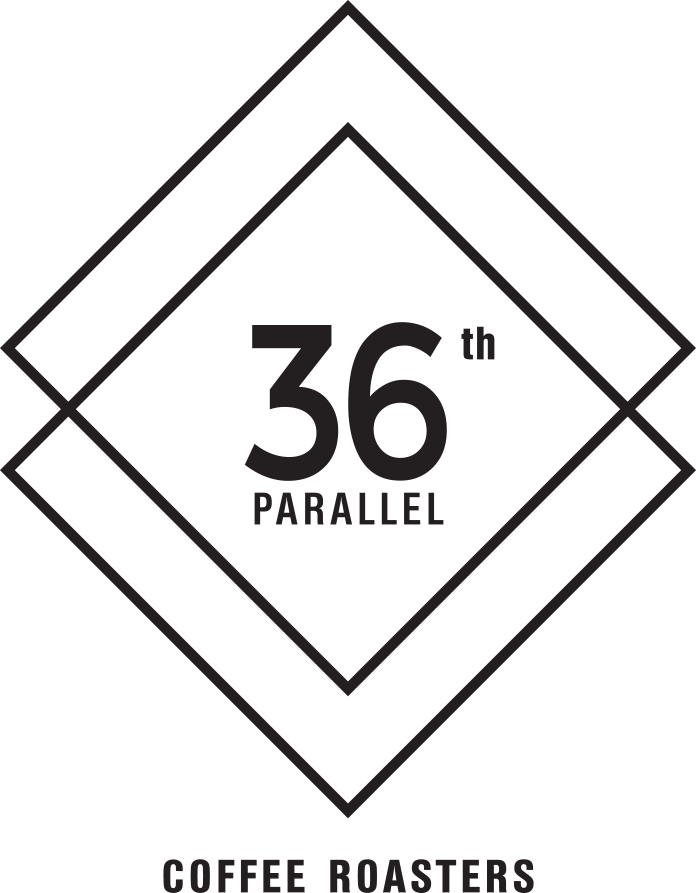
From the Roast Master
The Art
Creating a coffee blend is similar to an artist drawing on blank canvas. There are hundreds of varieties of coffee to provide differing taste profiles. The ability to adjust roast temperatures depending on selected profiles is a complicated procedure which takes years to master. Monitoring this delicate process to perfection is highly challenging, some say an art. Taste, timing, temperature and atmospheric conditions can all affect the final outcome of the roast and thus the quality of the coffee. One must know the intimate characteristics of the blend as well as how to release its essential flavours
The Science
Coffee roasting is the process of heating the green coffee beans to remove moisture and cause pyrolysis of the sugar in the coffee bean cells. During this process, the green beans turn brown in colour and attain their distinct flavour and aroma. Uniform and controlled heating must be applied to the entire batch of beans to ensure thorough roasting without overheating. Our scientific technology delivers consistently on attaining the optimum taste profile for a particular type or blends of coffee.
How and when to do this, is the art and science of roasting coffee.
A Guide to the S-Curve Roast
Roasting isn’t as simple as throwing some beans in and waiting to see what happens. There are a few points where some action on your part will be required, usually in the form of adjusting the burners.
Drop Temperature (DT)
This is the temperature your roaster should be before you load your beans and begin.
During this phase, we pump in 100% recycled air allowing any bad aromas on the green coffee bean to be burnt off and ejected from the roaster.
Turning Point (TP)
Immediately after loading the beans the temperature will begin to plummet. This will happen as the cold coffee absorbs heat from the roaster.
Shortly after loading, however, you will reach the TP. This moment is when the coffee has absorbed enough heat that the temperature stops falling and begins to rise again.
From this point, we would want to achieve a Rate of Rise of around 10℃ per minute.
First Crack (FC)
Throughout the roast, the coffee beans are losing moisture, sugars are caramelising, and a multitude of other reactions are taking place. When the beans reach a certain temperature, moisture and gas get released along the seam of the bean and this results in a popping or cracking sound: first crack. (Don’t be alarmed if you hear three or four cracks rather than just one – this is very normal.)
At this point, the burners need to be turned down to very low or even turned off completely. The bean is going through a very rapid loss in moisture and weight; if the burners aren’t reduced, the ends of the bean can start to blacken (tipping) and the surface of the bean can start to scorch.
Roast Development (RD)
The flavor of your coffee will develop throughout the entire roast, but within this small window your actions can have a large impact on it. What you do here will determine how much acidity and body your roast has.
acidity and body in coffee
Acidity vs Body: Their balance is down to how long you spend in the Roast Development stage
Generally speaking, the longer you spend in RD, the more body the coffee will have – but the more acidity will be sacrificed. Acidity can be associated with fruit, so if you want to bring out those fruity notes, roast for a shorter period of time. Alternatively, for a chocolatey flavour, roast a little longer. In my opinion, RD should range between 45 seconds and two minutes, depending on what you are trying to get out of your coffee.
On a technical note, it’s important that the temperature remains stable during RD (take a look at the flat section of the graph). Aim for it to rise by no more than 6℃, but don’t let it drop either. You might want to apply a very small amount of heat towards the end of this stage to avoid it falling.
End Heat (EH)
At the end of the RD time, you should increase the heat so as to bring it up to the temperature that the roast will finish at. Be careful, though: the beans are much more brittle due to the moisture loss, so too much heat will damage the coffee. When I tested out my roaster, I increased the heat to the point where the beans would tip just so that I knew how far I could push it before damaging the coffee.
End Temp (ET)
This is when you check if your beans are done. You’ll see the surface of the beans starting to expand and becoming smooth. Be wary of finishing too early, though: my advice for beginners would be to start off darker than normal – think just before the second crack. Then, as you start to grow more confident with the roasting process, you can finish it earlier.
Check the inside as well as the outside of your beans, too. Coffee isn’t like steak; you don’t want it to be medium-rare! Crack open a roasted bean under your thumb and look for a uniform colour throughout.

